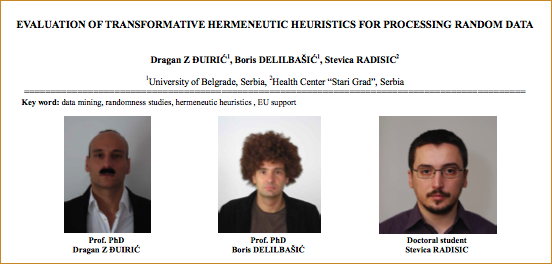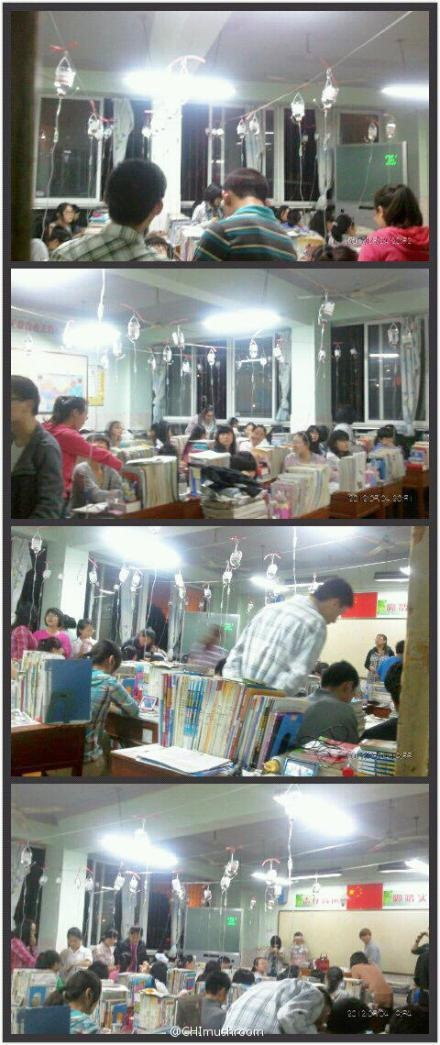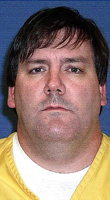Exam-weary students in China receive amino-acid infusions —
A strange series of photos has recently been circulating online showing an entire classroom full of high school students in China hooked up to IV drips.
Apparently the students aren't sick. Instead, they're exhausted from cramming for the upcoming National College Entrance Exam (Gao Kao). So they're all being given supplemental amino acids via IV drip. And this is something the Chinese government is willing to pay for. Links:
ministryoftofu.com,
globaltimes.cn,
businessinsider.com.
I haven't found anything to indicate that the scene shown in the pictures isn't exactly what it's being described as. And Chinese officials, in interviews, seem to have confirmed that this is what's going on.
The question is, does an animo-acid drip do anything for the students that drinking a gatorade (or other energy drink) wouldn't? Or, even better, getting a good night's sleep. Not as far as I know. Though it's not going to hurt them, except for a small risk of infection from the needle. And it definitely looks dramatic, so perhaps it triggers a confidence-boosting placebo effect.
It's not just the Chinese who are susceptible to strange, pseudo-scientific methods of boosting student performance. In
Electrified Sheep I wrote about an idea that gained popularity in Europe and America circa 1912 of turning kids into super-students by electrifying them. The concept was to conceal wires in the walls and ceiling of a classroom, turning the entire room into a gigantic electromagnet. The students and teacher inside the room would supposedly benefit from the magnetic influence surrounding them. This idea was promoted by none other than Nikola Tesla, who wanted to turn all American classrooms into electromagnets. Nobel-Prize winner Svante Arrhenius even conducted experiments to test the idea... though the experiments didn't reveal any obvious benefit.
Perhaps the Chinese will latch onto the idea of electrifying their high-school students next.



